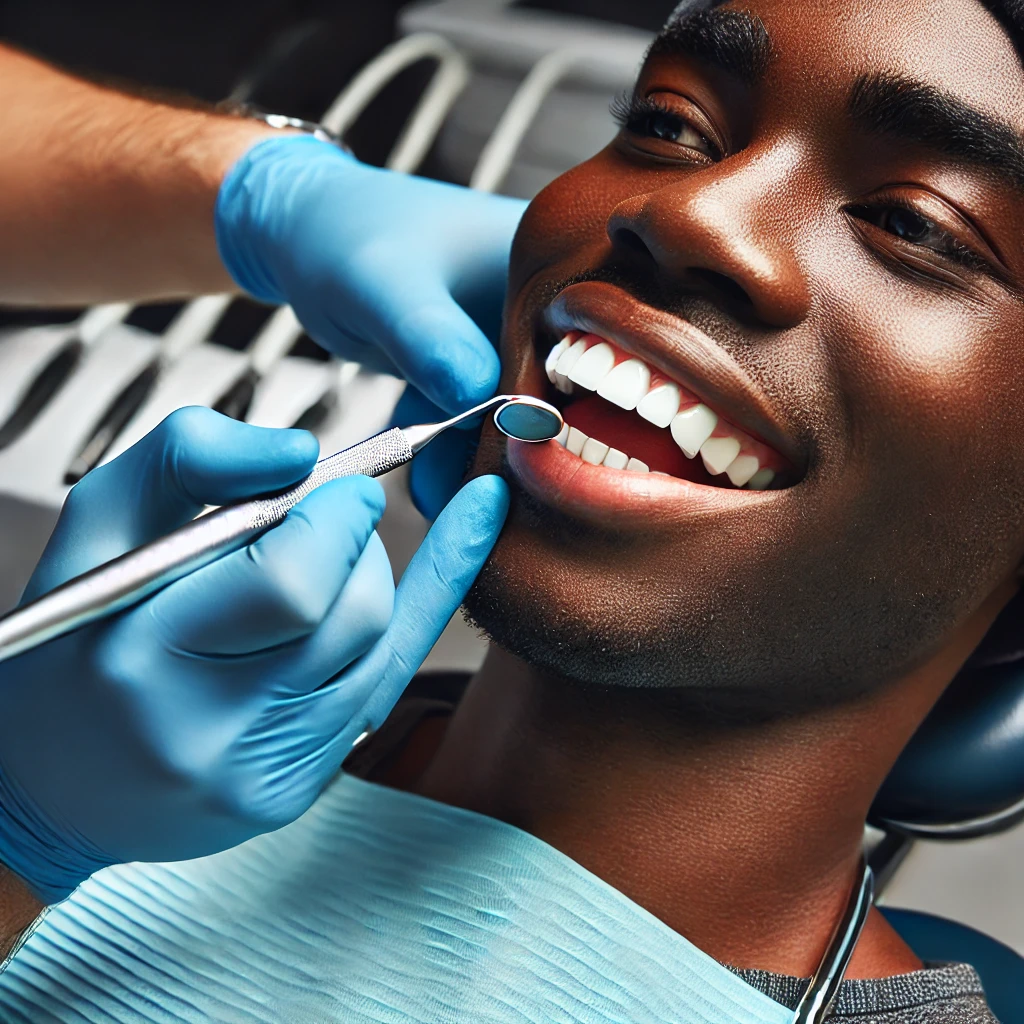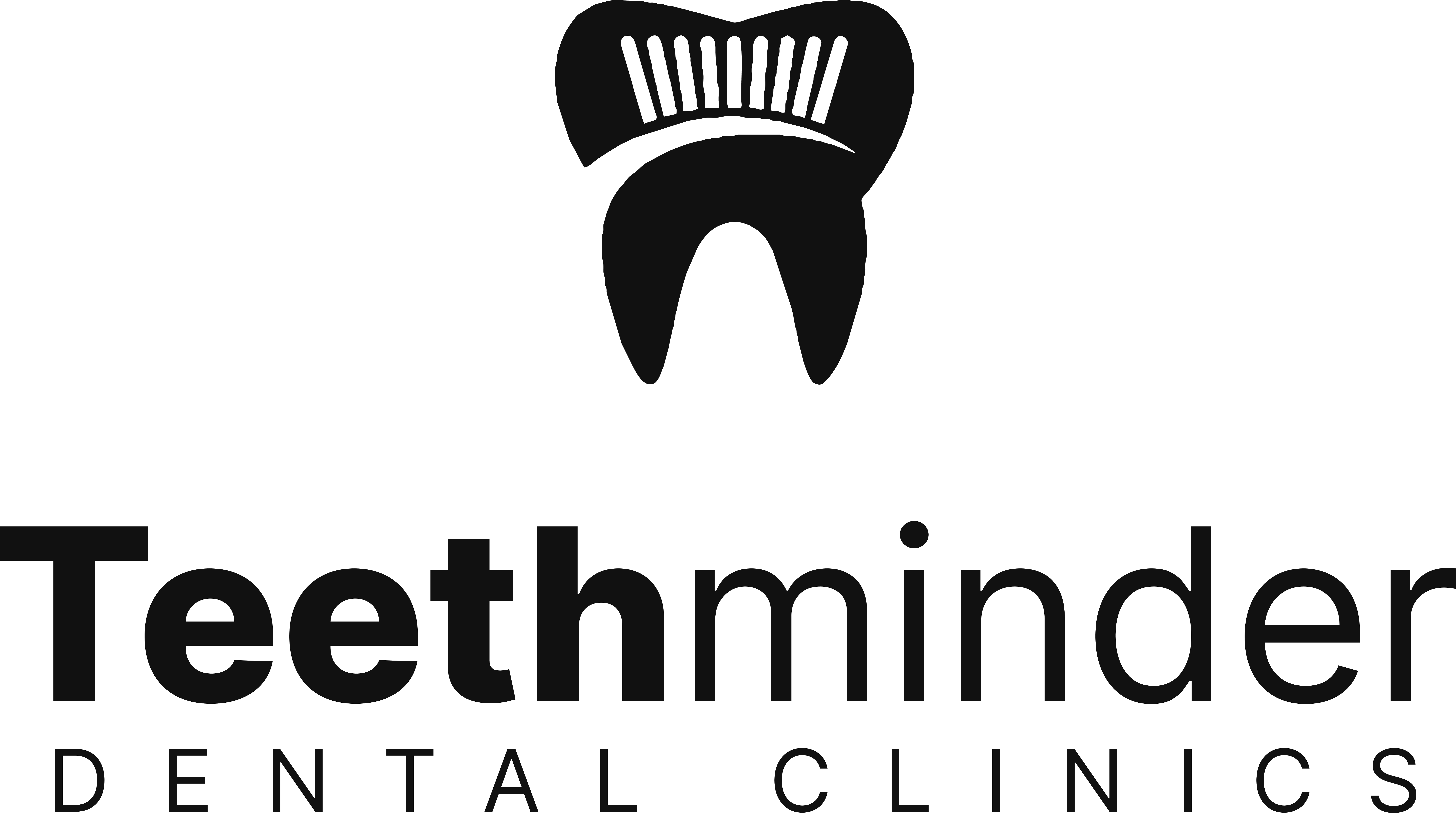
25 Oct The Truth About Teeth Polishing: Separating Myths from Facts
Teeth polishing is one of the more misunderstood parts of dental hygiene. For some, it’s a necessary part of their routine dental cleaning, while others see it as an optional aesthetic choice. But what does teeth polishing actually do, and what are the myths surrounding it? Here, we break down the truth about teeth polishing so you can make informed choices about your dental health.
What is Teeth Polishing?
Teeth polishing is a procedure that often follows teeth cleaning at the dentist. It involves using a slightly abrasive paste or gel with a polishing tool to smooth the surface of the teeth, removing superficial stains and making them shinier. Unlike deep cleaning, which tackles plaque and tartar, polishing is more about enhancing the teeth’s appearance.
Myths vs. Facts About Teeth Polishing
Myth #1: Teeth Polishing Makes Teeth Whiter
Fact: While teeth polishing does remove surface stains and can brighten your smile, it doesn’t bleach or permanently whiten the teeth. Polishing only affects the outermost layer, where stains from coffee, wine, and food particles might build up. For true whitening, a separate whitening treatment is necessary.
Myth #2: Teeth Polishing Weakens Tooth Enamel
Fact: When performed correctly by a dental professional, teeth polishing does not damage or weaken the enamel. The abrasives used in polishing paste are specifically designed for safe application on enamel, and your dentist carefully monitors the frequency and intensity of polishing. Overuse of harsh abrasives, however, can cause enamel wear, so moderation is key.
Myth #3: You Can Polish Your Teeth at Home Using Baking Soda
Fact: While baking soda is often touted as a natural whitening remedy, it’s not an ideal choice for teeth polishing. Baking soda’s abrasiveness can lead to enamel erosion if used too often or with too much pressure. For regular polishing, it’s always best to let your dentist use professional-grade products and tools.
Myth #4: Polishing is Unnecessary if You Brush Regularly
Fact: While brushing and flossing daily is crucial, it doesn’t remove all surface stains. Polishing can give an extra boost to your smile, especially if you’re someone who drinks coffee, tea, or red wine regularly. However, if your teeth are particularly sensitive, talk to your dentist about alternatives.
Myth #5: Teeth Polishing Prevents Cavities
Fact: Teeth polishing is not a preventive treatment for cavities. Although polishing removes some bacteria, it does not target the harmful bacteria deep in the gum line that cause tooth decay and gum disease. Regular brushing, flossing, and routine dental cleanings are more effective in cavity prevention.

When to Get Teeth Polishing Done
For most people, teeth polishing during a routine dental cleaning twice a year is sufficient. However, those with stained teeth may benefit from additional polishing sessions. Discuss with your dentist what frequency is best for you, especially if you have specific concerns about enamel sensitivity.
Final Thoughts
Teeth polishing is a safe, effective, and non-invasive way to keep your teeth looking bright and fresh, but it’s not a cure-all for oral health issues. Understanding what polishing can and cannot do is essential to making the most of this procedure. For the best results, keep up with regular dental check-ups and cleanings to ensure your smile stays healthy and bright.



No Comments